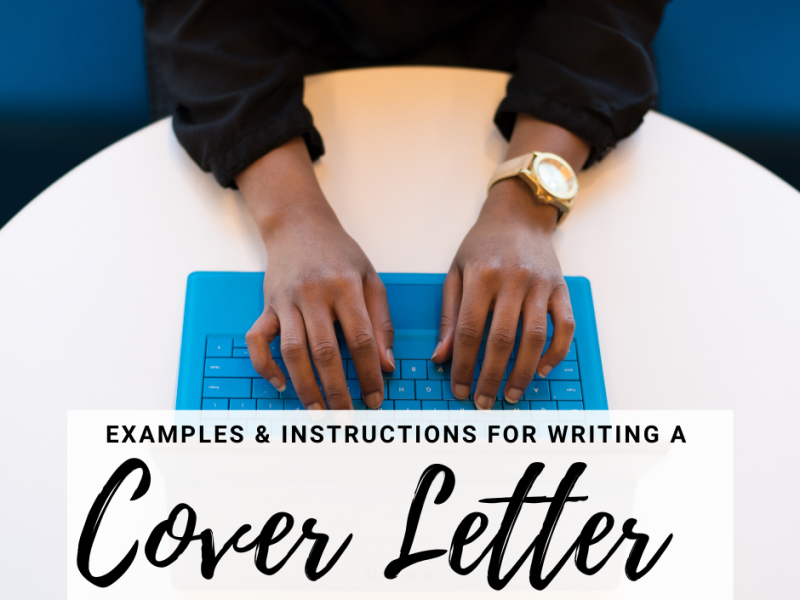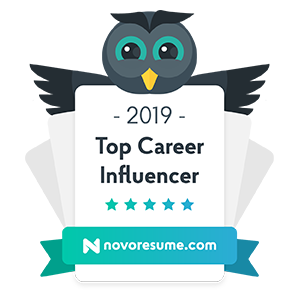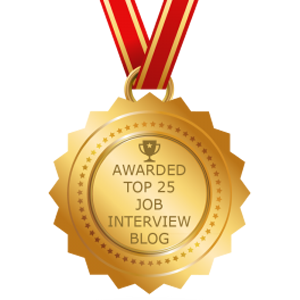Updated: January 2021
Having a great cover letter to complement your resume is a critical part of applying for jobs. If written correctly, it has the power to entice the hiring manager and position you as the best person for the job. Cover letters are also a great way to highlight important career information. This is the place to provide a brief explanation of your 2-year gap to finish school or care for a sick loved one. It’s also a great tool to tailor and highlight your value and relevant skills for a particular job description.
Since writing a cover letter can be one of the most challenging parts of the application process, I created this blog post to provide guidance in the form of a cover letter sample. You’ll also want to check out this post for the full scoop on today’s trends for effective cover letter writing. If you’re more interested in having someone write your cover letter for you we recommend hiring a professional resume writer to make your life easy. If you’re more adventurous and want to learn the method to the madness, here is the step by step breakdown of how a cover letter should be structured, including writing samples:
1. Start with the Header
This is the easiest part of writing a cover letter. If you already have a resume created then simply use the header that you used for the resume. If you aren’t feeling super confident about your resume you can revisit our super helpful resume “how to” guide. The header from your resume should consist of your name, title (if applicable) and address. Cover letter best practices include consistent branding so it’s important to translate the same look and feel throughout your entire career portfolio. It shows a hiring manager that you care about the finer details of things. It also gives you a brand image which is critical in marketing your professional brand.
Download Noelle’s Favorite Cover Letter Templates Now!
2. Add the Date, Address, and Greeting
As a rule, formal letter-writing best practices apply. Even though this practice may feel outdated, you’re always going to safe sticking to best practices. The top of the letter should include the date and address of the company where you are applying. Of course, if you don’t have this information then the title and company name should be sufficient. For the greeting, it’s best if you can specifically address the hiring manager by name. If you are unable to find the hiring manager’s name, it’s okay to say “Dear Hiring Manager.” Here’s an example of what it will look like:
<First Name> <Last Name>
<Title>
<Firm Name>
<Address
<City, State Zip>
Dear <First Name or “Hiring Manager”>:
3. Create The Cover Letter Body
You’ll want to keep the body of the cover letter structured and concise so as not to go over one page in length. Anything more than one page will look outdated. Additionally, hiring managers maybe be annoyed that you’ve created more work for them than necessary. They don’t care about the fluff, they care about what makes you the perfect candidate in one page or less. Here is a breakdown of the sections to include in your cover letter body:
Section 1: The Opening
The first paragraph is an important part of the cover letter. It helps the hiring manager identify the position for which you are applying. It also helps the hiring manager know whether or not the candidate has come to the right place. If you include a general introduction without restating the exact role and company, there’s a chance the reader will feel like the victim of a resume blast (in which case they will send your letter to the trash). Here’s an example of a technology executive applying for a position through a recruiter:
Recently, I have learned from John Doe at your firm, that you are seeking a Chief Technology Officer for your client at XYZ Company. After discussing this position with John, I have learned that I am a strong fit for this position.
If you are going to assume yourself to be a strong candidate you then want to quickly sum up why. You can use a blend of your experience, skills and big picture results to support your claim. Don’t be afraid to include a concise and strong example to back up your experience. Here is an example of what this would look like:
With 20+ years of experience in leading diverse teams in numerous high-profile projects and technical solutions initiatives, for global industry leaders, I am now offering my deep knowledge and expertise in facilitating team-based environments that streamline operations, maximize productivity, and increase efficiency across organizations. During my most recent position at 123 Partners, I supported 150 global offices, managed 27 staff members, and provided oversight of all technical platforms.
Section 2: The Middle
The second section should build upon your opening and highlight specific accomplishments that set you apart from the crowd. For an easier eye-scan, I recommend using bullets. Again, really hone in on your strongest, most relevant results to the job at hand.
Examples of my recent achievements include:
- Saved company $4M annually by renegotiating communication contracts.
- Built and managed global telecom, engineering, and operations team with up to 3 global staff members.
- Relocated corporate headquarters with 600 brokers and 200 back office staff to temporary location after natural disaster.
Section 3: The Closing Paragraph
Once you’ve crafted the perfect body, you’re ready for the easy part. Thank the employer for reading your cover letter, encourage them to continue by reading your resume, and ask them for the interview. As a candidate, you are in sales and sales people know to always be closing the deal. The same thing goes here. Always be closing. Ask the hiring manager for the interview. Assume that they WANT to meet you! Here’s an example of what this might look like:
For your review, I have enclosed my résumé which includes a much more thorough description of my contributions and many other achievements. Let’s talk. I am eager to learn more about your needs and to discuss how my experience will help you to achieve your goals. I would be more than happy to come in for a meeting at your convenience.
Thank you! I look forward to hearing from you.
Sincerely,
Your Name
Closing Advice: Send Your Cover Letter Through an Optimal Channel
Now that your cover letter is complete and ready to go, the only thing left to consider is how to send it in a way that is conducive to the hiring manager’s preference. While it may seem like a small detail, you’ll want to take a moment to learn the best way to send a cover letter. In the application process where you’ll experience heavy competition for the job, every little detail counts!
If you’re hoping to improve your job search and land a job in record time, check out the Job Search Accelerator. In this budget-friendly job landing community you’ll have access to all of Noelle’s expert resources including a FREE resume review, optimized resume and cover letter templates, networking scripts and templates, LinkedIn optimization courses, interview answer scripts and more – everything you need to feel confident, navigate the job search successfully, and put your best foot forward as an applicant.


 How to Write a Cover Letter Using the Latest Trends
How to Write a Cover Letter Using the Latest Trends


